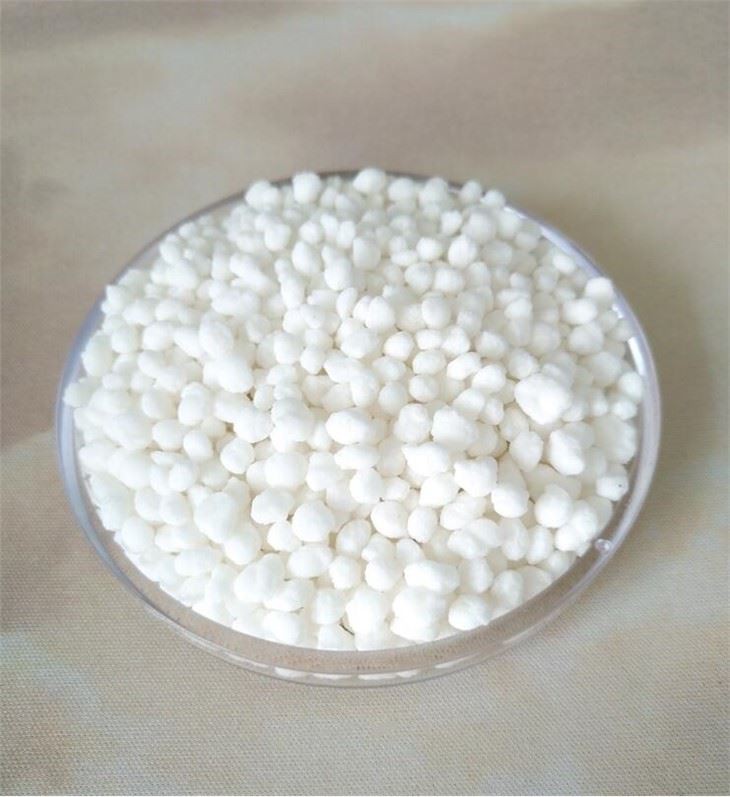



Sodium Hydroxide Safety Data Sheet Overview and Essential Information
Sodium Hydroxide SDS Understanding Safety and Handling
Sodium Hydroxide (NaOH), commonly known as caustic soda or lye, is a highly versatile chemical used in various industries, including manufacturing, food processing, and cleaning products. Due to its caustic nature, a comprehensive understanding of its Safety Data Sheet (SDS) is critical for anyone who handles or works with this substance. This article provides an overview of the key components of the Sodium Hydroxide SDS and offers safety guidelines for its use.
Chemical Identification
The first section of a Sodium Hydroxide SDS provides essential information about the chemical, including its name, chemical formula, and relevant synonyms. Sodium Hydroxide is represented as NaOH and is identified in various industrial settings by names such as lye or caustic soda. Understanding these identifiers is crucial for ensuring proper handling and communication among workers.
Hazards Identification
One of the most crucial sections of the SDS is the hazards identification. Sodium Hydroxide is classified as a corrosive substance, meaning it can cause severe burns upon contact with skin and damage to eyes. Inhalation of dust or mist can also irritate the respiratory tract. The hazards section outlines the potential health effects, including
- Skin Contact Can cause severe burns and damage. - Eye Contact Causes severe eye damage, and may result in permanent blindness. - Inhalation May cause respiratory irritation, coughing, and difficulty breathing. - Ingestion Can lead to severe burns of the gastrointestinal tract.
Recognizing these hazards allows workers to take appropriate precautions when handling NaOH.
First Aid Measures
In the event of exposure to Sodium Hydroxide, immediate first aid measures are essential
. The SDS outlines actions for different types of exposure- Skin Contact Remove contaminated clothing and rinse the affected area with water for at least 15 minutes. Seek medical attention if burns occur. - Eye Contact Flush eyes with plenty of water for at least 15 minutes while holding the eyelids open. Obtain medical attention immediately. - Inhalation Move to fresh air. If breathing is difficult, administer oxygen or seek medical help. - Ingestion Do not induce vomiting. Rinse mouth with water and seek immediate medical attention.
sodium hydroxide sds

These procedures are vital for minimizing damage and promoting recovery.
Fire-Fighting Measures
Sodium Hydroxide is not flammable; however, it can react with some materials to produce flammable hydrogen gas. In the event of a fire involving NaOH, suitable extinguishing agents include water spray, foam, carbon dioxide, or dry chemical extinguishers. Firefighters should wear protective gear and be aware of the potential hazards posed by surrounding materials.
Handling and Storage
Proper handling and storage of Sodium Hydroxide significantly reduce the risks associated with its use. The SDS recommends the following precautions
- Personal Protective Equipment (PPE) Always wear appropriate PPE, including gloves, goggles, and face protection. A lab coat or apron should also be worn to protect clothing. - Storage Conditions Store in a cool, dry, well-ventilated area, away from incompatible materials such as acids. Ensure containers are tightly sealed and clearly labeled. - Work Area Ensure adequate ventilation to minimize exposure to dust or mist. An eyewash station and safety shower should be readily accessible.
Environmental Considerations
Sodium Hydroxide can be harmful to the environment if released in large quantities. The SDS emphasizes the importance of preventing spills and leaks, advising users to contain and neutralize any accidental releases following proper procedures. Proper disposal methods should also be adhered to, in accordance with local regulations.
Conclusion
Understanding the Safety Data Sheet (SDS) for Sodium Hydroxide is crucial for anyone handling this potent chemical. By familiarizing yourself with its hazards, first aid measures, handling and storage procedures, and environmental considerations, you can ensure a safe working environment. Always prioritize safety and refer to the SDS for specific guidance tailored to your situation. It is not just a regulatory requirement but a critical aspect of responsible chemical management.
-
Why Sodium Persulfate Is Everywhere NowNewsJul.07,2025
-
Why Polyacrylamide Is in High DemandNewsJul.07,2025
-
Understanding Paint Chemicals and Their ApplicationsNewsJul.07,2025
-
Smart Use Of Mining ChemicalsNewsJul.07,2025
-
Practical Uses of Potassium MonopersulfateNewsJul.07,2025
-
Agrochemicals In Real FarmingNewsJul.07,2025
-
Sodium Chlorite Hot UsesNewsJul.01,2025










